October 26, 2019
Who's the fairest of them all?
I wanted to share this lovely eye candy with you: A collector of scientific tools showed me this weight set, one of the experimental sets used in preparation of the kilogram(s) which would become France's official unit of mass after the Revolution. This set was created by Nicolas Fortin, who made instruments for Antoine Lavoisier and also after the Revolution.
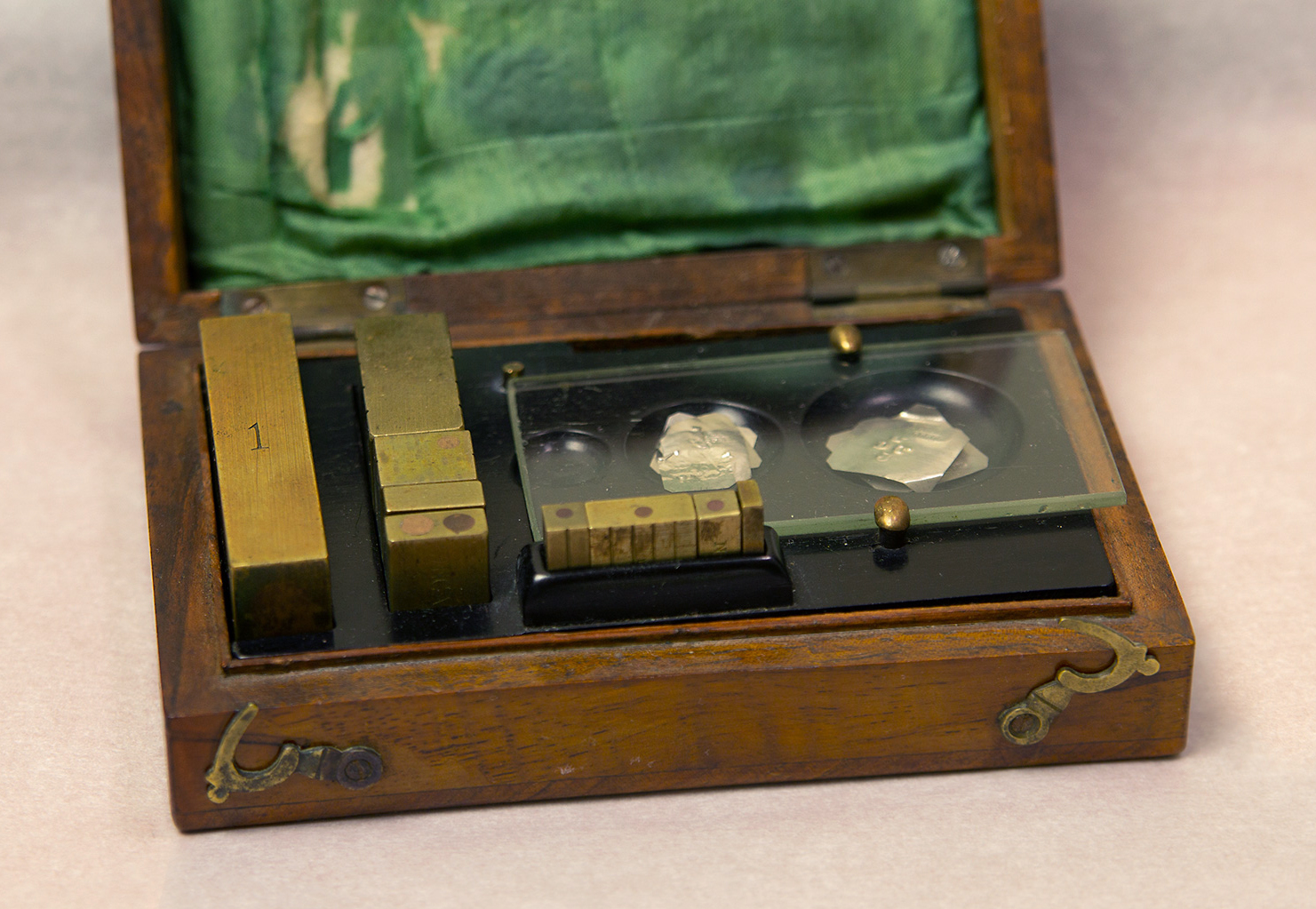
Who's fairer, the scale or the weights? I thought it would be fun to test the weights on a modern, mass-produced digital scale. At the precision of the digital scale (which could measure up to 8kg) the weights are accurate from 3 to 170 grams. But with the pedigree of this weight set, perhaps I should say that the scale is accurate enough. I would need a scale for gems to know more precisely.
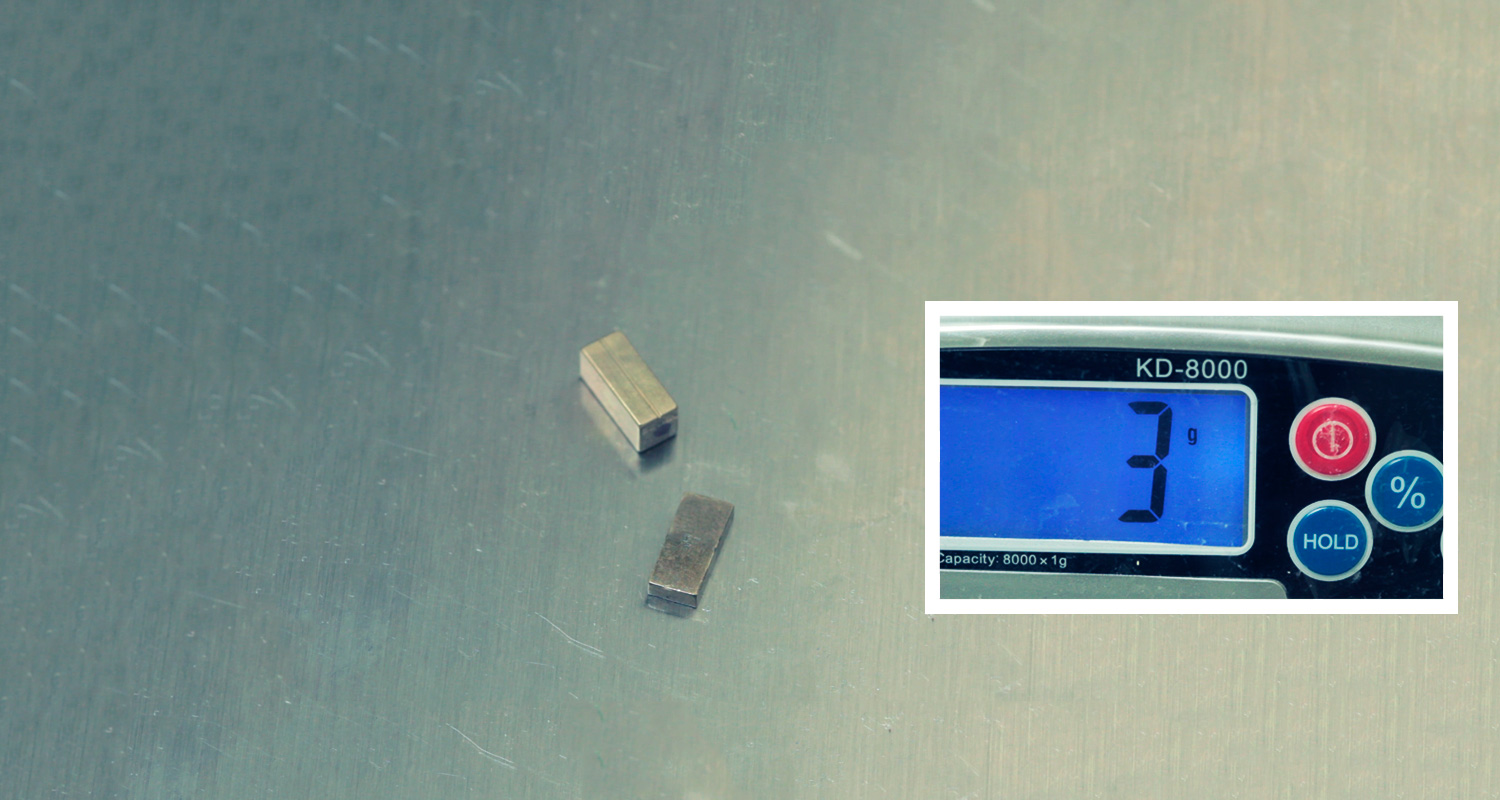
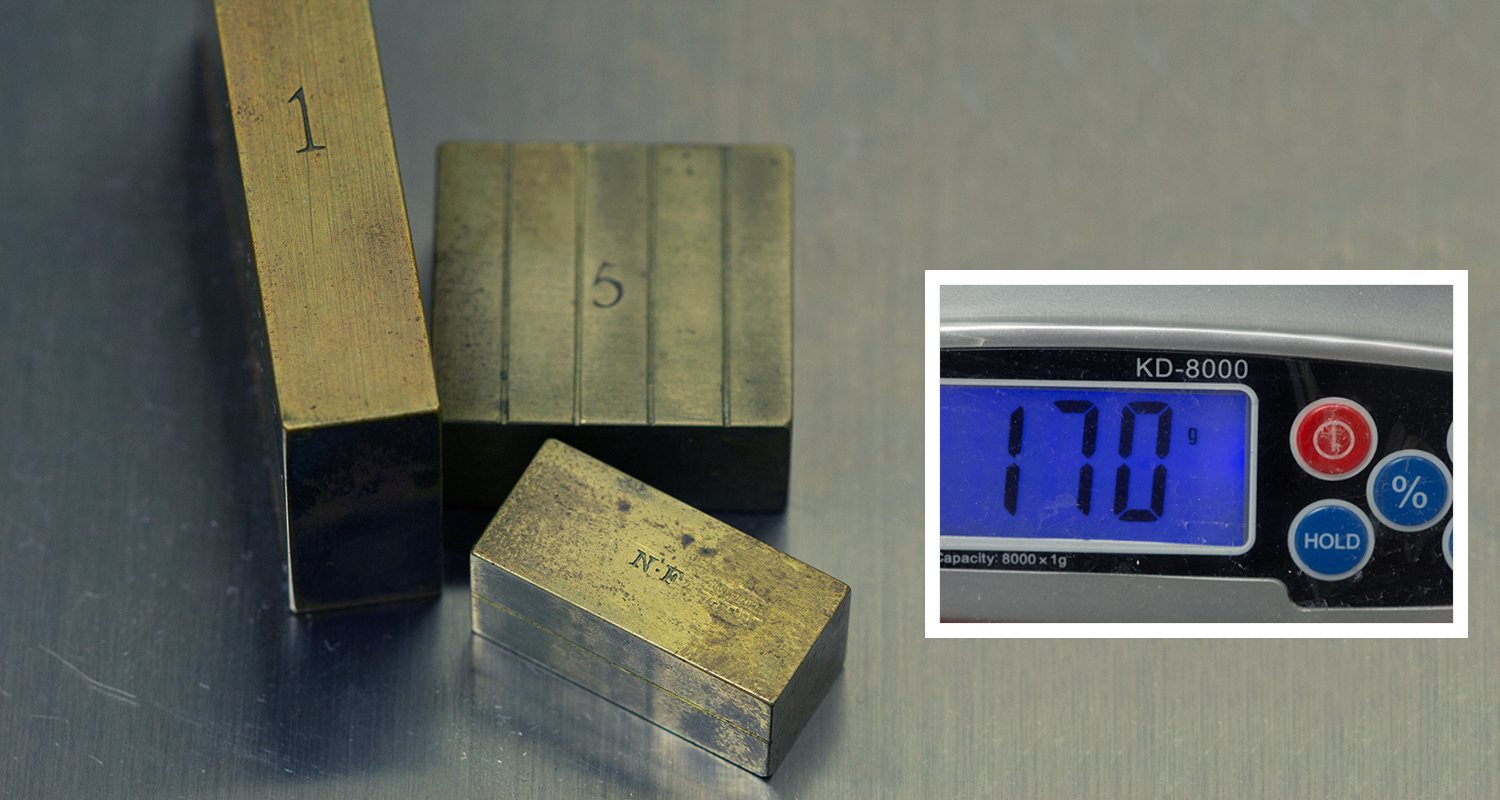
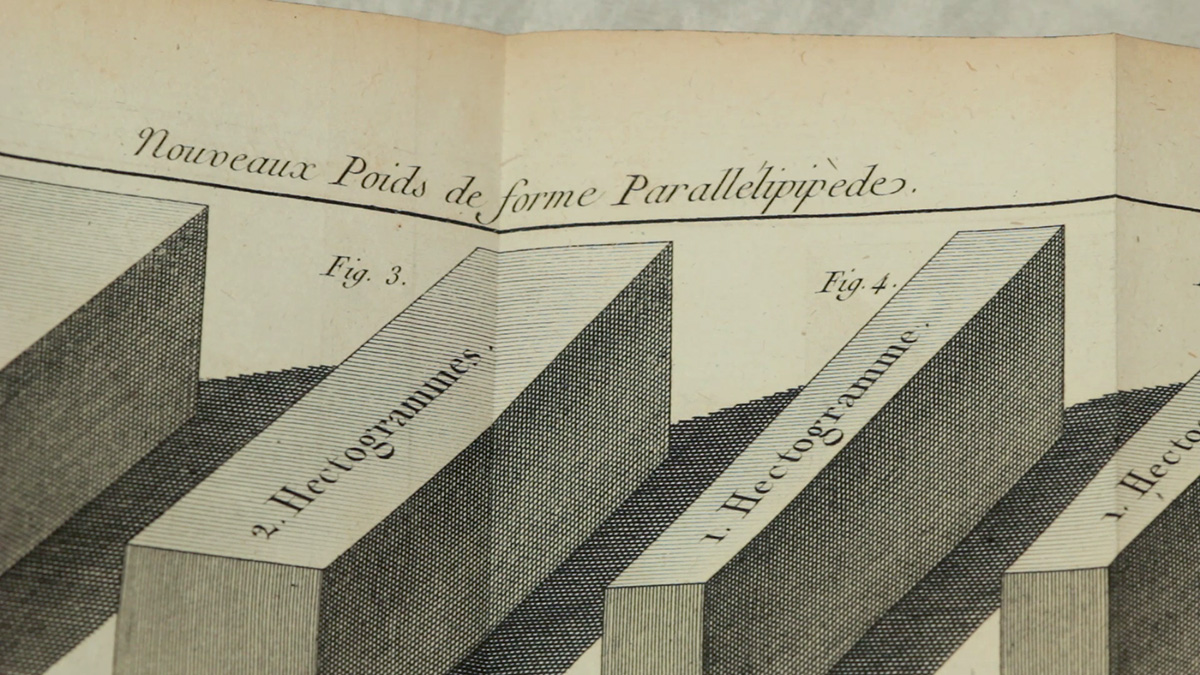
There are two unknowns with this set: when exactly it was made and what is the metal of the paper-like sub-gram weights. (The dark material supporting the weights has a wood grain, so I imagine it must be ebony.)
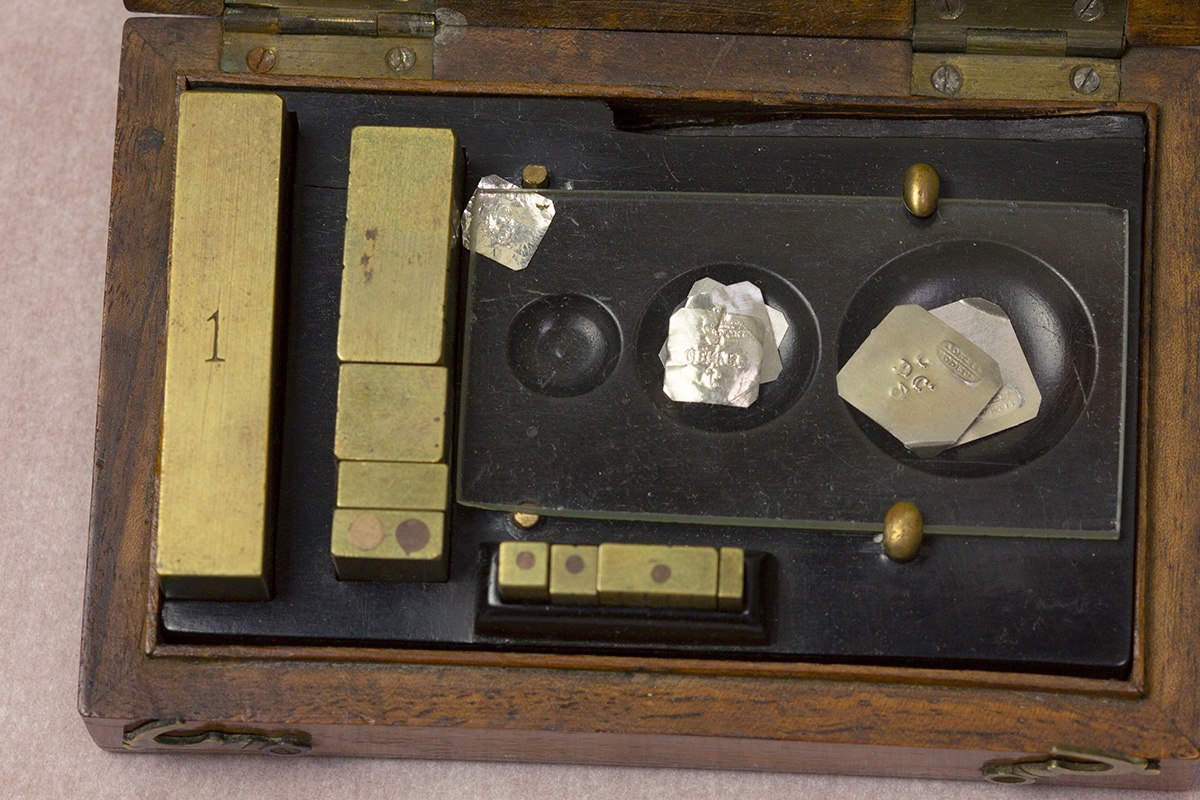
As to the first question, the collector guesses 1795-1796, after the provisional meter was established and before the Kilogram des Archives was completed and named as such. As to the second question, perhaps tin? No oxidation, so not silver. One friend suggests titanium, or even platinum. The little pieces are so light and thin, and difficult to handle. There was very probably a tiny pair of pincers in the curved slot by the box's hinge, for handling the sub-grams.
If you have some guesses about the metal of the little sub-grams, when this set was made, or something better than "thick bar...thin bar", please let me know!